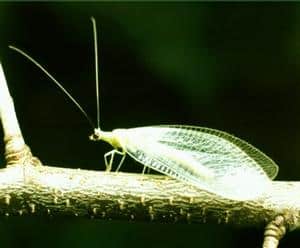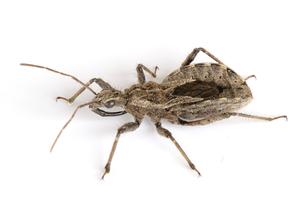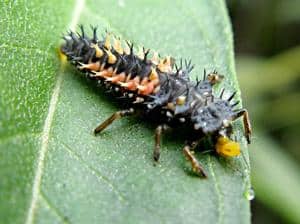Control slugs, snails, aphids, caterpillars, squash bugs and cucumber beetles by allowing the natural enemies to exist.
1) Plants that provide the nectar and pollen needed to feed beneficial insects include:
- members of the daisy family (marigolds, sunflowers, coneflowers, cosmos, zinnias, chamomile)
- members of the umbel family (dill, parsley, fennel, and caraway)
- early blooming plants like sweet alyssum and sweet woodruff
- late blooming plants like asters, mums, and salvia
2) Avoid using chemicals. Pesticides kill all types of insects, including beneficials. The unwanted pests adapt and will come back, yet beneficials are more delicate and take longer to recover from pesticide applications, causing an imbalance.
Some of the pests that are easily controlled by beneficial insects include aphids, slugs, snails, cucumber beetles, japanese beetles, caterpillars, leaf hoppers, and grasshoppers.
A list of some of the popular beneficial insects:
- Ladybug larvae
- Lacewing
- Braconid Wasp
- Trichogramma Wasp
- Damsel Bugs
- Big-eyed Bugs
- Minute Pirate Bugs
- Assassin Bugs (control for Japanese Beetles)
- Spined Soldier Bugs
- Syrphid Flies
- Tachnid Flies
Longfellow’s offers many alternative gardening products. Bring in your problems and we’ll help you find a solution.





